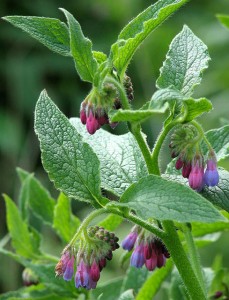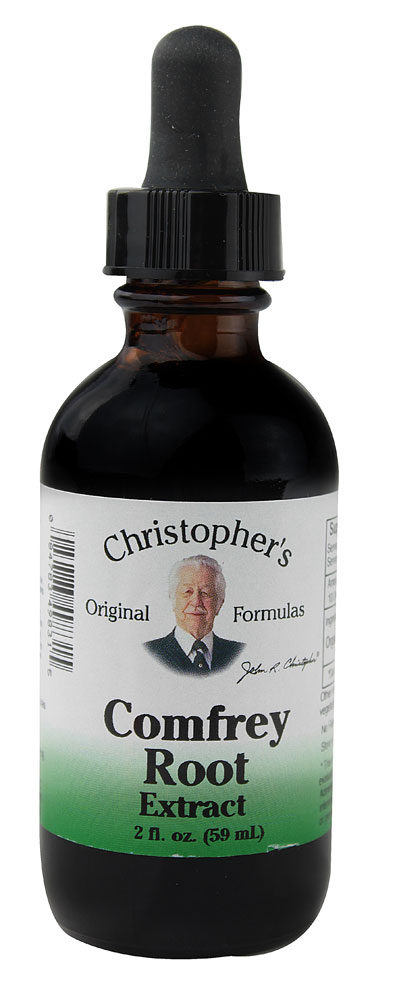What is a comfrey
 Comfrey is a rapidly propagating plant with large leaves that mostly blossom in old pasturelands and waste disposal areas. Its roots penetrate deep into the soil and have dark brown skin that is white when peeled. The plant’s leaves and stem are enveloped with rough, spiny hairs. The plant is a darling of people who practice organic gardening because of its soil developing abilities. It is highly endowed with proteins and herbalists mostly use it to treat skin related ailments.
Comfrey is a rapidly propagating plant with large leaves that mostly blossom in old pasturelands and waste disposal areas. Its roots penetrate deep into the soil and have dark brown skin that is white when peeled. The plant’s leaves and stem are enveloped with rough, spiny hairs. The plant is a darling of people who practice organic gardening because of its soil developing abilities. It is highly endowed with proteins and herbalists mostly use it to treat skin related ailments.
Benefits of comfrey
Studies have shown that comfrey boosts the rate of cell division, causing quick healing of wounds and human bones. Medicinal value of the plant can be derived from its roots and leaves, which can be used to prepare topical tea, salves, skin balms and ointments. Comfrey plant extract contains allantoin, which is always an active component of most beauty and cosmetic products. These organic chemicals quicken healing of wounds and inhibit swelling of the skin.
 Comfrey containing ointments and creams has had always hard positive results on patients having serious sprains. Studies have confirmed that it is effective in reducing inflammation and pain as well as promoting faster healing of abrasions.
Comfrey containing ointments and creams has had always hard positive results on patients having serious sprains. Studies have confirmed that it is effective in reducing inflammation and pain as well as promoting faster healing of abrasions.
Comfrey is meant for external use only and it can be prepared by finely grinding the roots or leaves, then mixing with an inactive petroleum jelly or cream. You can also boil water-containing comfrey and then soak yourself in it. This will boost your skin aura leaving you with a glistening skin.
Side effects of comfrey
However, this plant should never be consumed since it has adverse effects on the liver. The plant can seriously damage your liver, leading to serious health complications. Though no research has been done on human, studies conducted on rodents have exhibited development of tumors in the rodent’s liver. Nevertheless, comfrey is still an effective floral supplement that you must always have at your disposal.
Read More

Leave a Reply